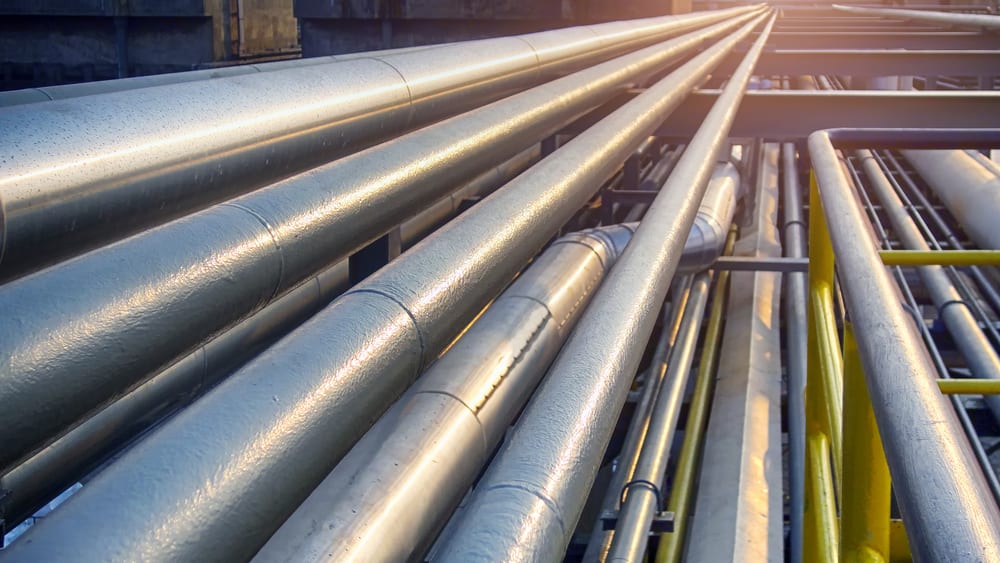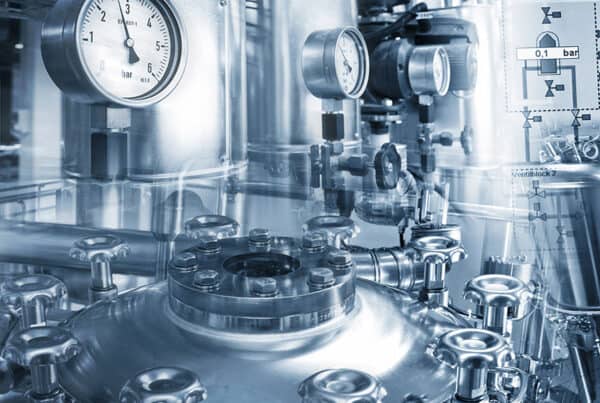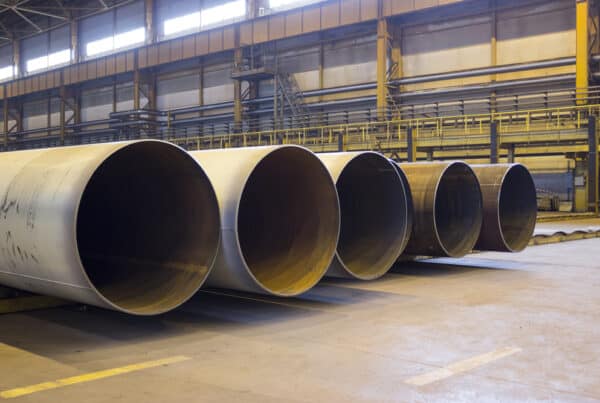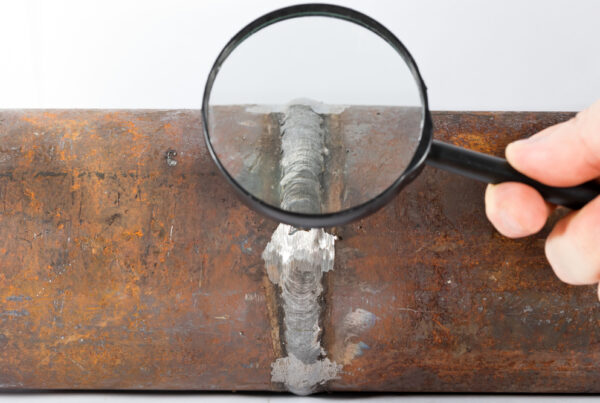An extensive network of petroleum pipelines transports a wide range of natural gas and crude oil across the United States. This network includes 2.4 million miles of natural gas pipelines and more than 190,000 miles of liquid petroleum pipelines. However, the functionality and construction of these pipelines differ significantly. Due to the nature of the product, natural gas pipelines must be fabricated and installed with more care—from the pipeline material choice to the welding process used. Consequently, reliable natural gas pipeline systems are more challenging to construct.
A robust fabrication plan for a natural gas pipeline system should involve a welding procedure specification (WPS) that is repeatable and reliable. An ideal welding procedure must be able to strike a balance between quality and speed. This article will discuss several factors that affect the development of natural gas pipeline welding procedures.
Considerations for Natural Gas Pipeline Welding
Because natural gas is compressed and transported at high pressure along transmission lines, pipeline joints must be able to remain intact at extreme pressure conditions. Likewise, due to the nature of natural gas, pipeline technicians must also consider issues like internal corrosion. Finally, there is always a risk of mechanical failure. When developing natural gas pipeline welding procedures, take the following factors into account:
Material Selection
Natural gas may have a corrosive reaction with certain materials due to impurities like hydrogen sulfide; therefore, corrosion-resistant pipeline materials should be used. Additionally, the material should be strong enough to provide mechanical strength to withstand the maximum allowable operating pressure. Finally, because natural gas pipelines may be assembled in harsh, remote locations, material size, thickness, and strength should ensure failure-free natural gas transport.
High carbon steel is often used for this purpose due to its excellent mechanical strength and weldability. For low-pressure above-ground use, ASTM A53 steel can also be used. To protect the steel from the exterior environmental condition, different types of coatings can be applied.
Industry Standards
When developing a natural gas pipeline welding procedure, established industry standards should be considered. The material, specifications, and welding process should be in accordance with the ASME and API standards. API 1104 Standard covers the welding techniques for natural gas pipelines and related facilities. Similarly, ASME Section IX and ASME B-31 codes deal with pressure piping, material use, and fabrication applicable for natural gas pipeline systems.
Welding Process
Establishing a natural gas pipeline welding procedure requires choosing the right technique. There are many options—such as FCAW, GMAW, or GTAW—but not all of them can strike the optimal balance between speed and quality. When selecting a welding procedure, keep in mind the issue of hydrogen-assisted cracking that can affect steel pipelines.
FCAW may be the preferred option when speed is the operator’s major concern: the continuous wire feed electrode provides a high deposition rate during the process. On the other hand, low-hydrogen processes like GTAW and GMAW that utilize shielding gas are preferable if weld purity is the main concern. However, GMAW’s inability to handle high contamination levels can lead to defects like porosity and lack of fusion. The process is also less suitable for field welding applications. Over the long term, GTAW provides the most benefits for natural gas pipeline welding.
- GTAW provides controlled heat input, which is beneficial in welding pipes with a wide range of thicknesses.
- The excellent control of parameters such as heat input can prevent segregation and grain growth in carbon steel, providing a smooth and strong weld result.
- The provision for inert shielding gas and its flow control means contaminants and high levels of hydrogen cannot affect the weld pool, reducing the risk of hydrogen damage.
With parameter control and a clean welding process, GTAW can effectively reduce stress at the joints and eliminate the possibility of cracking and failure of critical natural gas pipelines.
What Does Orbital Welding Offer to Natural Gas Pipeline Fabrication?
Thousands of miles of pipelines may be required before the natural gas project goes into operation. As such, speed becomes an important factor in maintaining the cost-efficiency of the project. Mechanized welding processes like orbital welding can provide greater speed and consistency than manual welding, even while welding complex pipeline systems. But orbital GTAW offers more advantages than just the improved speed.
- Automation of orbital welding increases precision and reduces weld error
- Automated control produces consistent and repeatable results
- Clean welds and a smooth finish
- Precision welding for joints that are free of defects across pipes with wide-ranging diameter and thickness
Welding procedures developed for orbital technology can ensure high-quality welds of highly-pressurized natural gas pipelines. With the correct selection of pipeline material, weld technique, and surface preparation—all based on established standards—along with the auto weld heads and remote monitoring systems that accompany orbital welding, your natural gas pipeline welding procedure can find the perfect balance of quality, cost, and productivity.
Arc Machines, Inc. is a leading provider of orbital welding solutions, including welding machines, auto weld heads, and monitoring systems. With decades of expertise in welding, we can help you develop a natural gas pipeline welding procedure that fulfills your quality, cost-efficiency, and productivity demands. For inquiries regarding products, contact sales@arcmachines.com. For service inquiries, contact service@arcmachines.com. Arc Machines welcomes the opportunity to discuss your specific needs. Contact us to arrange a meeting.





